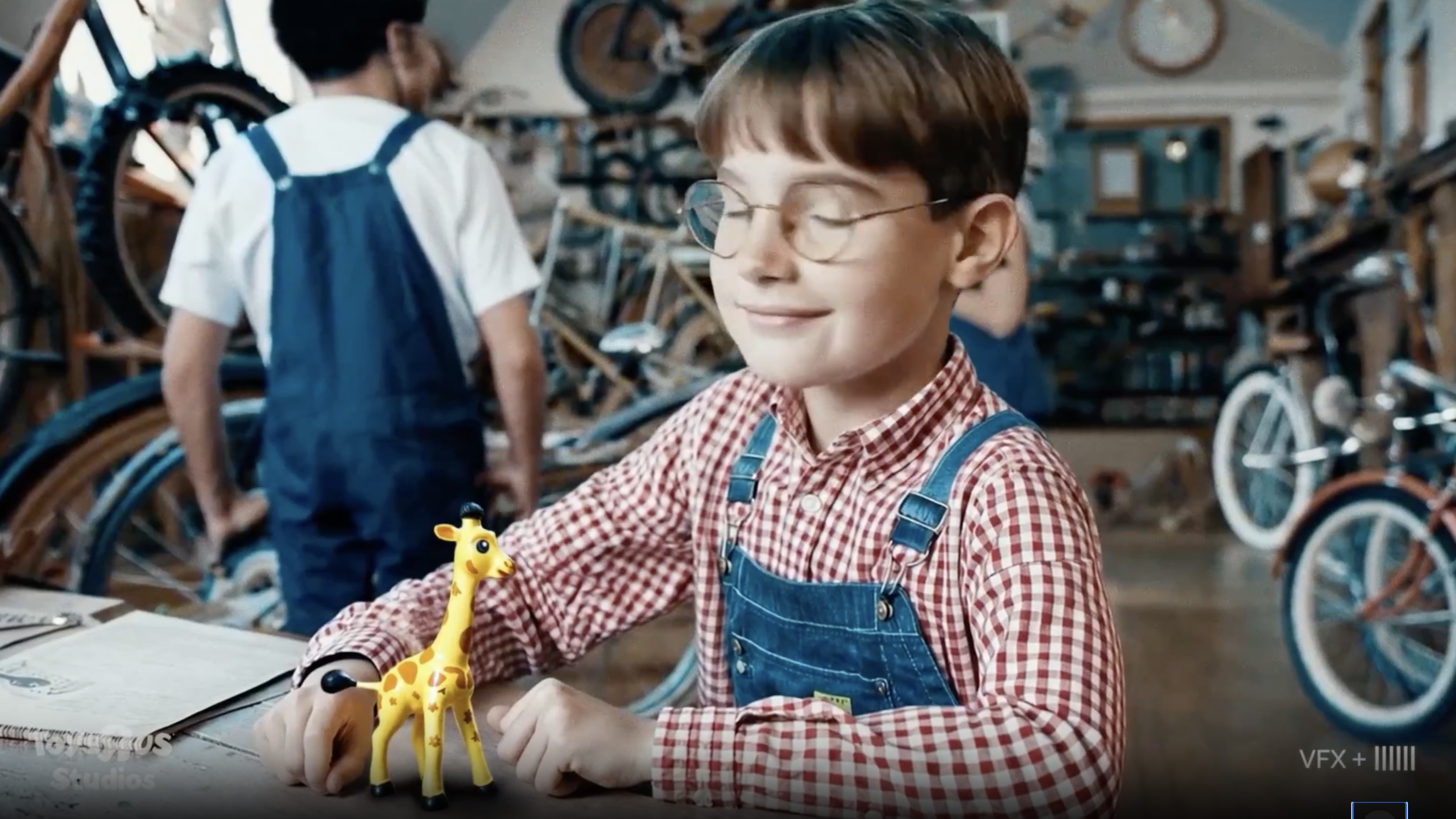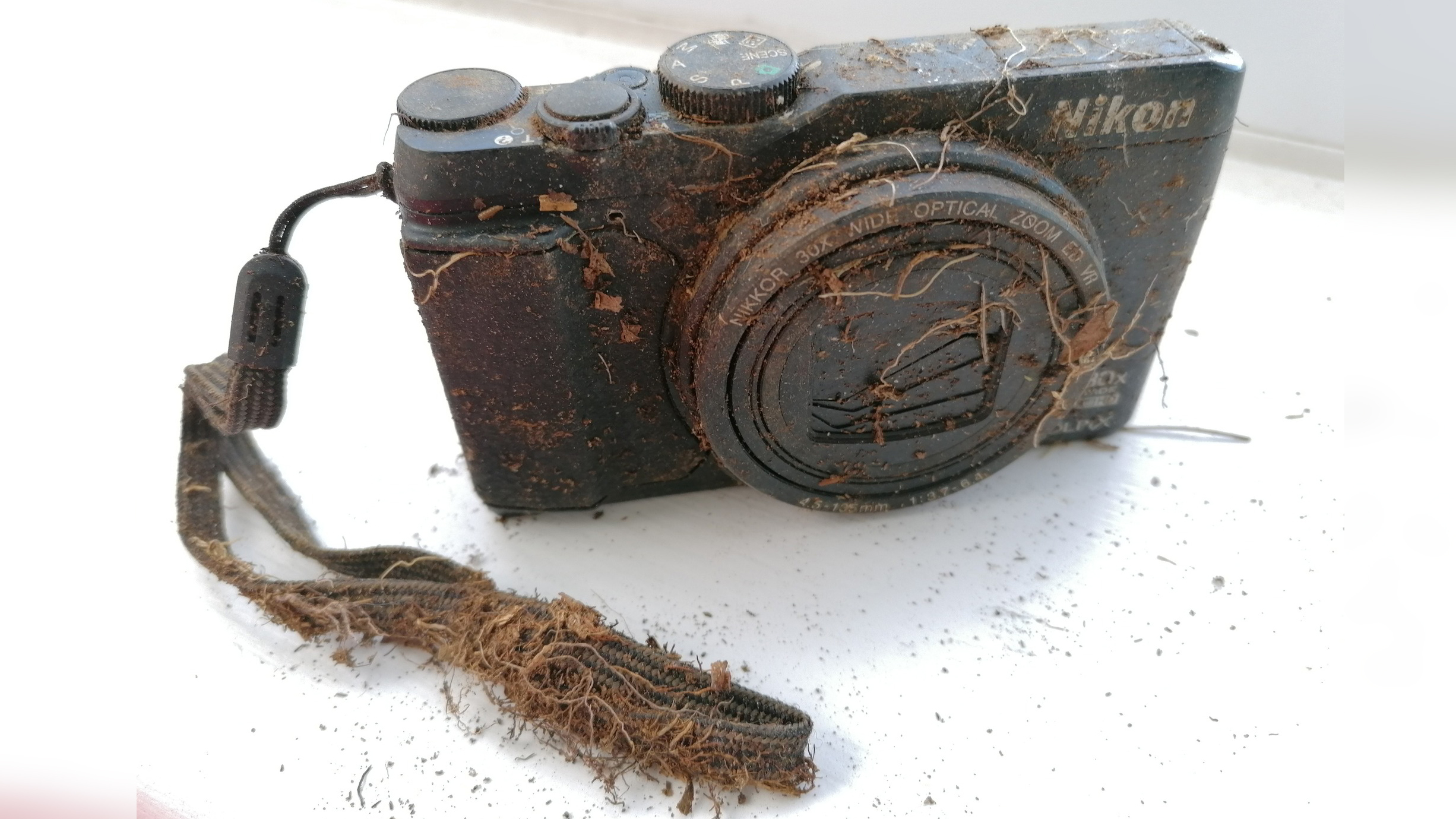Toys"R"Us releases first AI TV commercial using Sora. What does this mean for creatives?
AI video generation has taken a huge step forward by featuring in a commercial for one of the world's largest toy retailers
Above: Toys"R"Us trailer using Sora text AI video generator
It wasn't too long ago we were introduced to Sora, Open AI's text-to-video generator, providing up to 1-minute video files in response to a text prompt. Upon public release, we were shown the potential of the software, and for a relatively new phenomenon, it was nothing short of jaw-dropping.
It did however raise questions over its use and the impact it could have on the industry. The answer it seems is quite a big one, with the first Sora AI-generated TV commercial being released by a major brand.
• See our guide to the best AI image generators
Around two weeks ago, the major toy retailer Toys"R"Us, released what it claims to be the "first-ever brand film created by Sora", depicting the story of the conception of the shop.
Toys"R"Us states, "We are thrilled to partner with Native Foreign to push the boundaries of Sora, a groundbreaking new technology from OpenAI that's gaining global attention. Sora can create up to one-minute-long videos featuring realistic scenes and multiple characters, all generated from text instruction".

The video, shared on the retailer's website and YouTube runs a little over a minute in length. Although there is no proof for the prompt used, posted alongside the video is a caption that reads… "Imagine the excitement of creating a young Charles Lazarus, the founder of Toys“R”Us, and envisioning his dreams for our iconic brand and beloved mascot Geoffrey the Giraffe in the early 1930s".
Get the Digital Camera World Newsletter
The best camera deals, reviews, product advice, and unmissable photography news, direct to your inbox!
There is a lot to unpack in the video, including flaws such as cars merging and obvious continuity errors, but one of the main takeaways is that this doesn't appear to bother Toys"R"Us. The video isn't completely polished and if it were made by 'human hands', it would most likely have not seen the light of day, so why did it?
I imagine it's the novelty of being an AI-made piece, but I don't necessarily see that as a good thing to be highlighted. The creation of this commercial would have no doubt saved the retailer money, but it has taken away the opportunity from entire video production teams. This has cemented a new precedent and as the technology improves, more companies will no doubt follow suit.
It is worth repeating that the video is not extraordinary, and is, in my opinion, no replacement for human creativity and even filming technique. However, much like image generation slowly replacing stock images, I think this is the start for video. I think it might be a while until we see full AI-generated motion pictures, but mainstream AI-generated video is no longer just a future worry, it's a real and present danger.

Kalum is a professional photographer with over a decade of experience, also working as a photo editor and photography writer. Specializing in photography and art books, Kalum has a keen interest in the stories behind the images and often interviews contemporary photographers to gain insights into their practices. With a deep passion for both contemporary and classic photography, Kalum brings this love of the medium to all aspects of his work.
